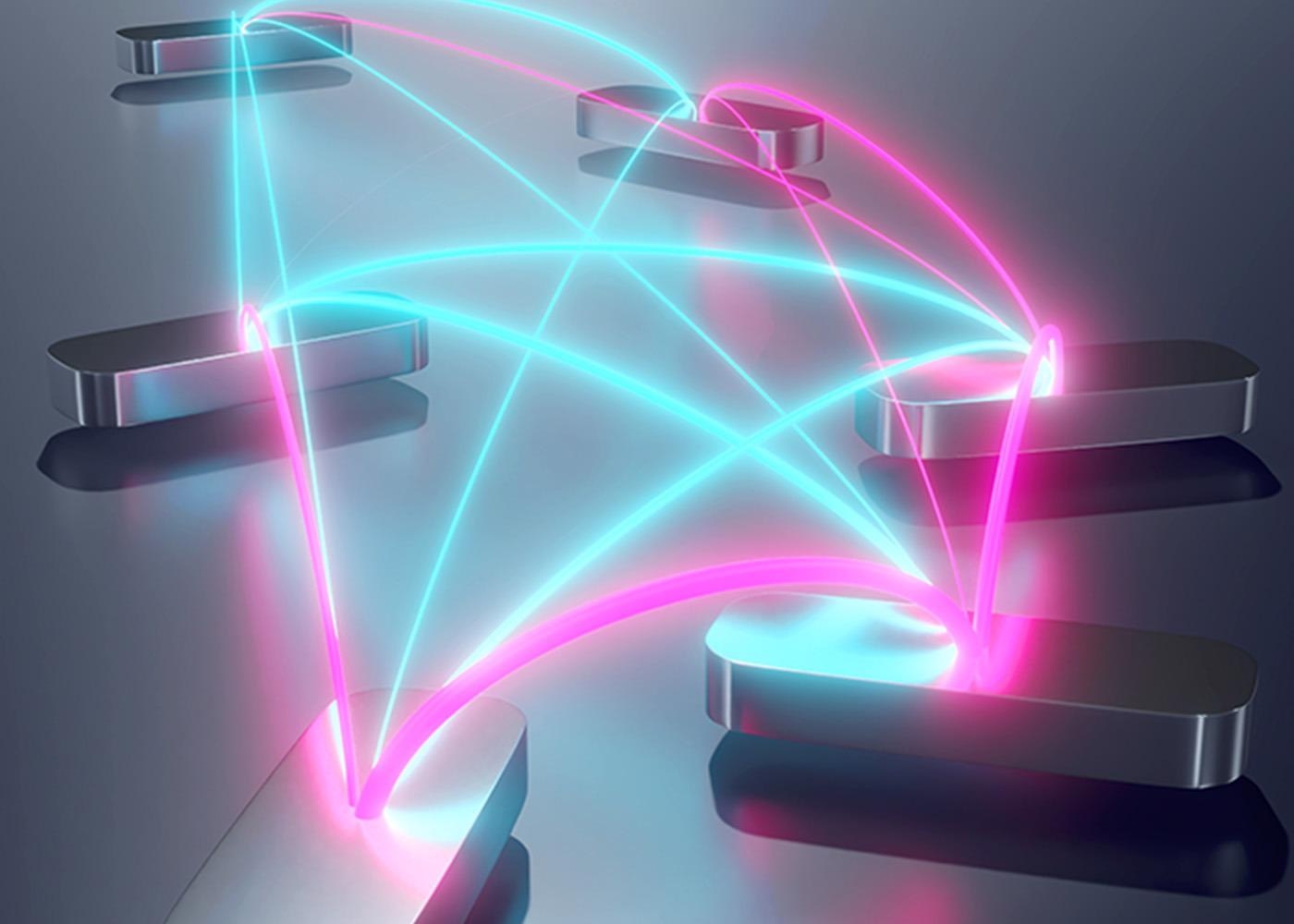Artificially manufacturing a rare kind of substance known as spin glass, according to a new study, might usher in a new era in artificial intelligence by enabling algorithms to be printed as physical hardware. The peculiar features of spin glass allow a type of AI that, like the brain, can distinguish objects from incomplete images and possess the potential for low-power computing, among other things.
 At the intersection of engineered materials and computation, spin-glass systems comprise a disordered system of nanomagnets arising from random interactions and competition between two types of magnetic order in the material. Image Credit: Jenna Maria Rantala, Aalto University
At the intersection of engineered materials and computation, spin-glass systems comprise a disordered system of nanomagnets arising from random interactions and competition between two types of magnetic order in the material. Image Credit: Jenna Maria Rantala, Aalto University
Our work accomplished the first experimental realization of an artificial spin glass consisting of nanomagnets arranged to replicate a neural network. Our paper lays the groundwork we need to use these physical systems practically.
Michael Saccone, Study Lead Author and Post-doctoral Researcher, Theoretical Physics, Los Alamos National Laboratory
The study was published in the journal Nature Physics.
Spin glasses are a mathematical approach to thinking about material structure. Saccone explained that being able to alter the interaction within these systems using electron-beam lithography for the very first time allows for the representation of a range of computing issues in spin-glass networks.
Spin-glass systems are a form of a disordered system of nanomagnets that arise from random connections and competition between two types of magnetic order in the material. They are found at the junction of engineered materials and computation.
When their temperature decreases, they exhibit “frustration,” which means they do not settle into an evenly ordered arrangement, and they have different thermodynamic and dynamic properties that can be used in computer applications.
Theoretical models describing spin glasses are broadly used in other complex systems, such as those describing brain function, error-correcting codes, or stock-market dynamics. This wide interest in spin glasses provides strong motivation to generate an artificial spin glass.
Michael Saccone, Study Lead Author and Post-doctoral Researcher, Theoretical Physics, Los Alamos National Laboratory
The study team integrated theoretical and experimental investigation, to build and analyze the artificial spin glass as a proof-of-principle Hopfield neural network, which mathematically simulates associative memory helping regulate the instability of the artificial spin systems.
Both spin glass and Hopfield networks have evolved in a symbiotic relationship, with one field feeding the other. Associative memory connects two or more memory patterns associated with an item, whether in a Hopfield network or other types of neural networks.
The network can recollect the entire face if only one memory is activated — for example, by getting a partial image of a face as input. Associative memory, unlike more standard algorithms, does not demand a completely identical circumstance to detect memory.
These networks’ memories are similar to the ground states of a spin system, and they are less affected by noise than other neural networks.
Saccone and his team’s research verified that the material was a spin glass, providing proof that will enable them to explain the system’s attributes and how it processes data. Spin glass AI algorithms would be “messier” than standard algorithms, but more versatile for particular AI applications, according to Saccone.
The research was funded by the Laboratory Directed Research and Development program at Los Alamos National Laboratory.
Journal Reference:
Saccone, M., et al. (2022) Direct observation of a dynamical glass transition in a nanomagnetic artificial Hopfield network. Nature Physics. doi.org/10.1038/s41567-022-01538-7.